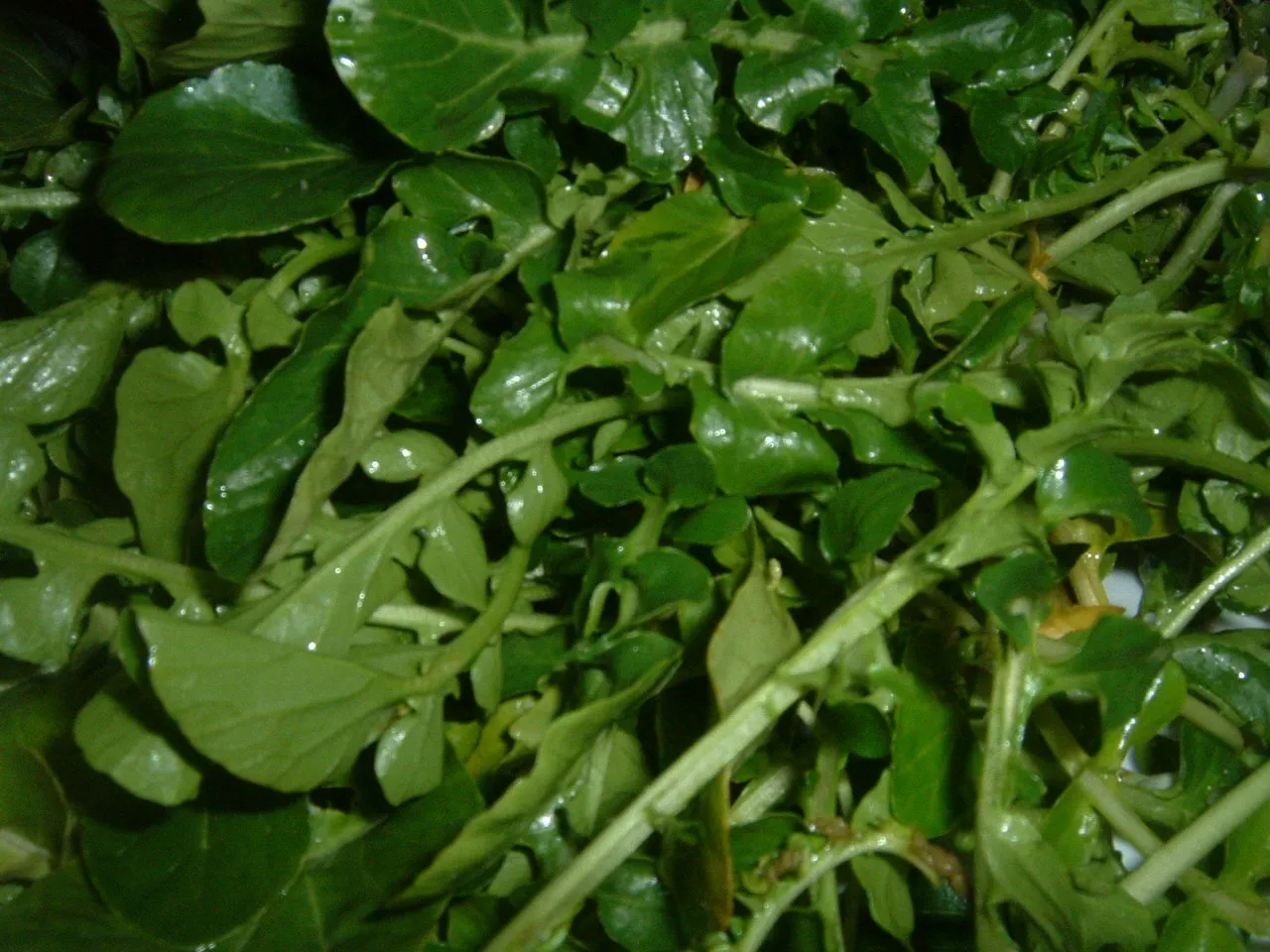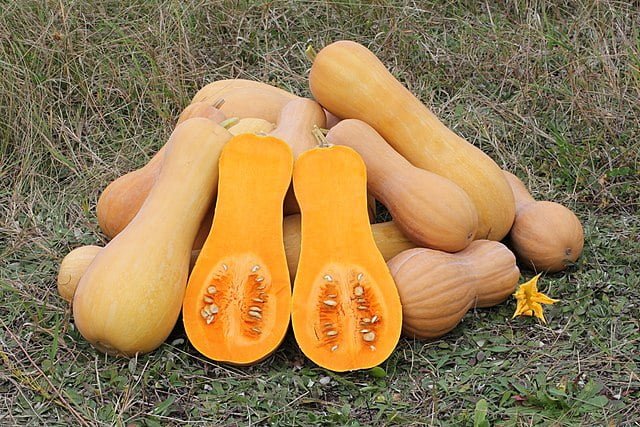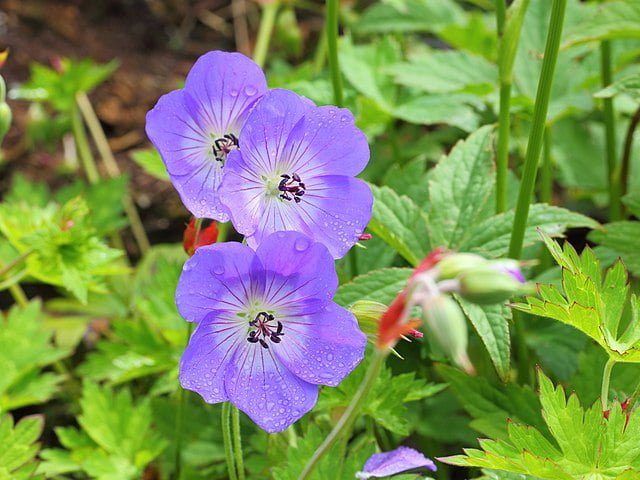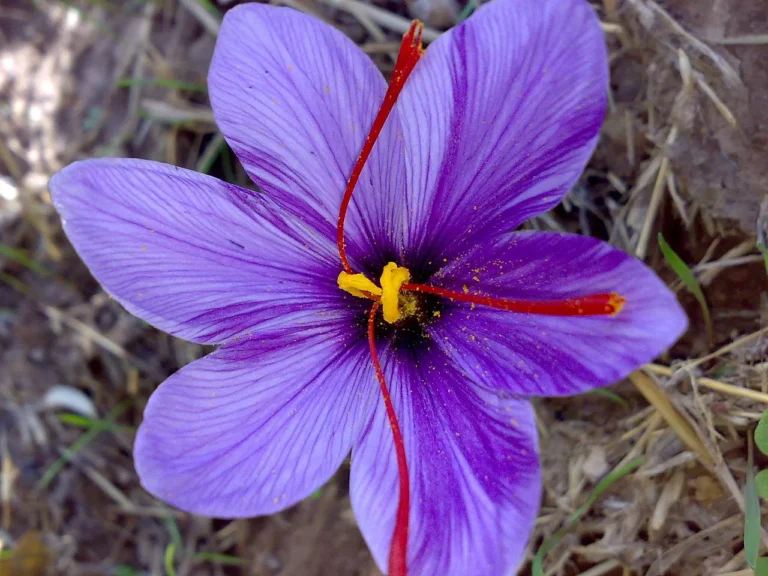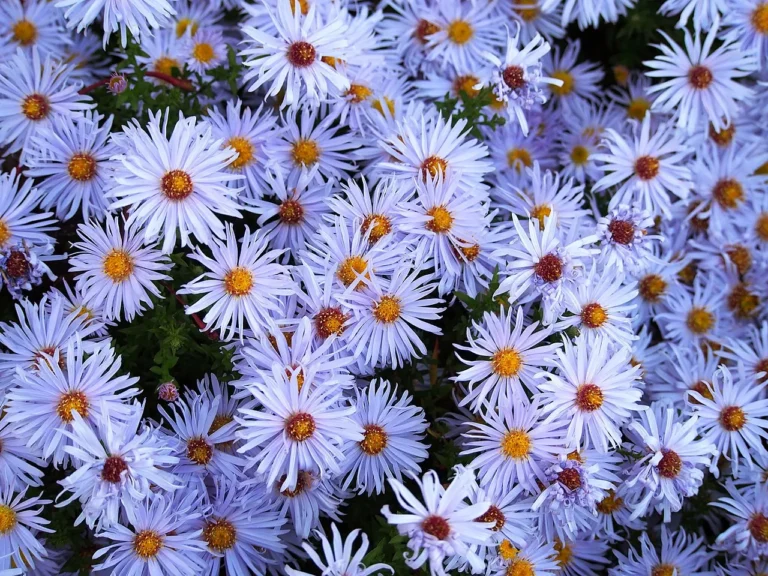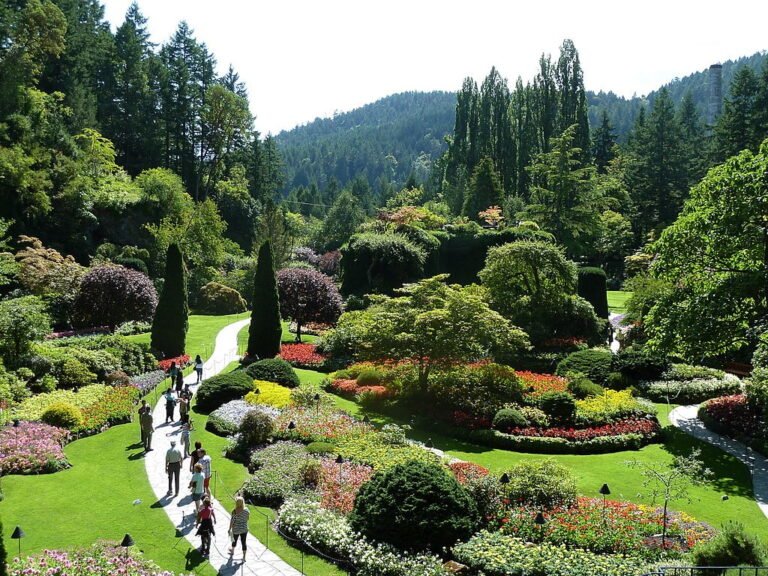Watercress: A Guide to Cultivating Nature’s Peppery Green
Watercress is not only a gourmet’s delight but also a powerhouse of nutrition, packed with vitamins A, C, and K, along with minerals such as calcium and iron. Its tangy flavor can elevate a simple dish to something special. Despite its aquatic nature, watercress can be grown in various settings with a bit of creativity. Here’s how to add this versatile green to your garden.
Why Grow Watercress?
Watercress offers numerous health benefits, from antioxidant properties to thyroid support. It’s a fast-growing plant that can be harvested just four to six weeks after planting, providing a quick return on your gardening efforts. Plus, watercress can be a unique feature in your garden, grown in water gardens, containers, or traditional garden beds with proper care.
Selecting a Growing Location
- Natural Water Sources: The ideal setting for watercress is a clean, slow-moving stream or spring where it can grow submerged or semi-submerged.
- Container Water Gardens: No stream? No problem. You can grow watercress in a container filled with water. Use a large pot without drainage holes or a lined wooden crate.
- Garden Beds: Watercress can thrive in garden beds if kept consistently moist. Incorporate a water-retentive medium like peat moss to help maintain moisture.
Planting Watercress
- From Seeds: Sow watercress seeds directly into your chosen growing medium in spring, just after the last frost. In a water garden, scatter seeds on the water’s surface.
- From Cuttings: Watercress can easily be propagated from cuttings. Simply place the stems in water, and roots will develop in a few days. Then, plant the rooted cuttings in your growing medium.
Caring for Watercress
- Watering: If not grown in a natural water source, keep the soil or water consistently moist. In containers, change the water every few days to maintain oxygen levels and prevent stagnation.
- Sunlight: Watercress prefers partial shade but can tolerate full sun in cooler climates, provided it has enough water.
- Feeding: Apply a liquid fertilizer every four weeks to provide nutrients, especially if growing in water.
Harvesting Watercress
- When to Harvest: Start harvesting watercress once it reaches 4-6 inches tall by snipping off the top leaves and stems. Regular harvesting encourages new growth.
- Continuous Harvest: With proper care, watercress can be harvested continuously throughout its growing season. In milder climates, watercress can even be evergreen, providing fresh greens year-round.
Pest and Disease Management
Watercress is relatively free from pests and diseases, especially when grown in clean water. However, watch for leaf spot diseases and manage by ensuring good air circulation and clean growing conditions.
Using Watercress
Watercress adds a peppery zest to salads, sandwiches, and soups. It’s best used fresh but can be lightly steamed or sautéed for a milder flavour. Watercress is also a fantastic garnish, providing both taste and visual appeal to dishes.
Final Thoughts
Growing watercress is a delightful way to bring a nutritious and flavourful green into your diet. Whether you have a garden pond, a container setup, or a moist garden bed, watercress can be a bountiful part of your gardening experience.

